
The world’s largest consumer electronics trade show, CES, is the place to be if you want to see the latest TV tech that’ll hit stores in the following 12 months.
TVs from Samsung, Sony, LG, Panasonic and many more grace the show floor in Las Vegas and some are truly outstanding kit.
But don’t worry if you couldn’t make it to CES 2020 yourself, we’ve been keeping our eyes out for the best TVs of the show. Here they are.
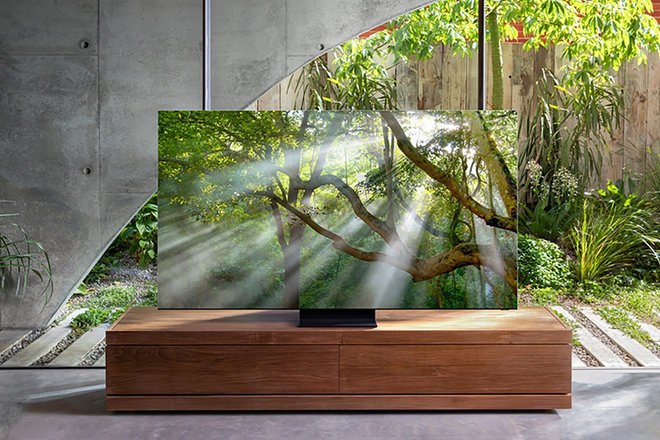
Samsung Q950TS QLED 8K TV
The Samsung Q950TS QLED TV not only features an 8K panel, it sports a bezel-free Infinity Display and AI smarts for supreme picture processing and performance.
Its deep learning capabilities are utilised to ensure source images are upscaled to 8K and look their best, no matter their native resolution. While, AI ScaleNet tech improves video streaming quality from different services, including Amazon Prime Video.
There is also Object Tracking Sound Plus (OTS +) audio tech on board, that adjusts the virtual surround soundscape to track objects shown on screen. And the TV is compatible with Samsung’s Q-Symphony tech to automatically match an enabled soundbar or system to provide up to 9.1.4 channels.
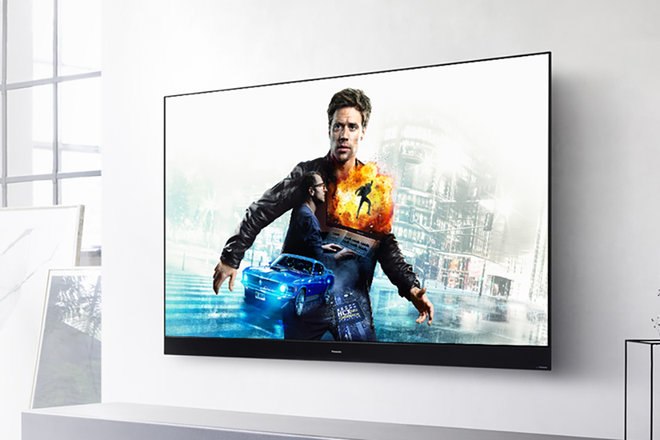
Panasonic HZ2000 OLED TV
Panasonic is focusing on quality over pixel count with its flagship set for 2020. Its 4K HDR HZ2000 will be available from the summer in 55 and 65-inch screen sizes and comes with a Master HDR OLED Professional Edition panel, Dolby Vision IQ and Filmmaker Mode to ensure that pictures are as accurate as can be.
Filmmaker Mode, for example, is a one-touch option to set the TV to show movies the way directors intended. And, Dolby Vision IQ is an adaptive HDR technology that automatically optimises images to present them at their best, no matter the viewing conditions – whether it be in a brightly lit room or at night.
The HZ2000 also comes with Panasonic’s proprietary 360-degree Soundscape Pro system, which offers a spatial soundfield and has upfiring drivers to add Dolby Atmos height channels.
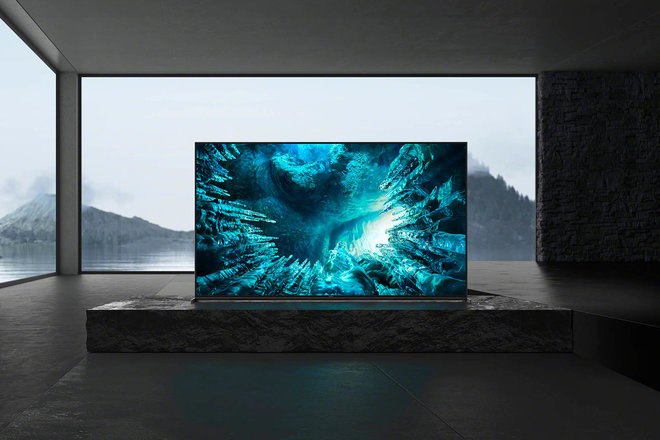
Sony ZH8 8K Full Array LED TV
While Sony has some excellent OLED TVs for 2020, it’s the ZH8 LED set that really caught our eye the most. It is an 8K Full Array model (available in both 65 and 75-inches) which means it dynamically adjusts the local dimming backlight to present deep, involving black levels and ultra high brightness when required.
Sony’s Picture Processor X1 Ultimate and 8K X-Reality Pro technologies are in force, to ensure that all source images are upscaled to as close to native 8K as possible. While, ambient optimisation adjusts the picture depending on the lighting circumstances in your room.
The ZH8 comes with “Frame Tweeter” technology, that vibrates the entire frame of the TV to emit sound, thereby presenting a central audio experience that seems to come from the screen itself.
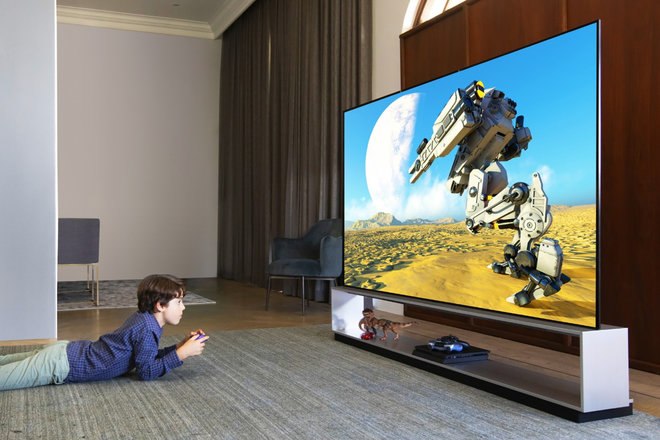
LG Signature OLED ZX 8K TV
LG’s “Real 8K” OLED ZX TV supports Dolby Vision IQ and Filmmaker Mode, much like the Panasonic HZ2000. However, LG also offers Nvidia G-Sync compatibility to ensure supreme performance for PC gamers who want to hook their gaming rig to a large screen.
Inside, the TV is powered by the company’s latest Alpha 9 Gen 3 AI processing and has a 120Hz refresh rate. While Apple TV will come preinstalled as an app, to provide access to Apple TV+ shows and movies, plus digital content bought through iTunes.
Another nod to gamers is a mode created in partnership with the HDR Gaming Interest Group, which matches the best HDR performance from many current and future titles.
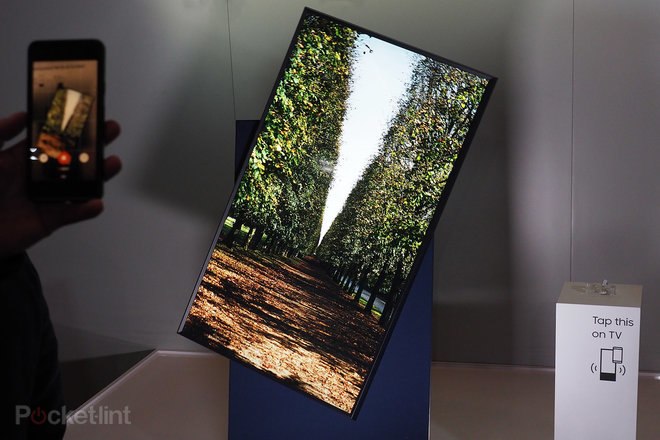
Samsung Sero TV
Unlike last year, when LG wowed crowds with its rollable Signature R OLED panel, there are few gimmicky TVs being shown at CES 2020. That’s why the Samsung Sero TV stands-out.
It’s actually been demonstrated in South Korea before, but the Sero TV is soon to make its Western debut. It is, for all intents and purposes, a 16:9 43-inch 4K TV… until you want to view vertical smartphone content on it.
As soon as you cast vertical images or videos to it, the screen automatically rotates to show them in their true aspect. Bonkers and ultimately pointless, but fun nonetheless.
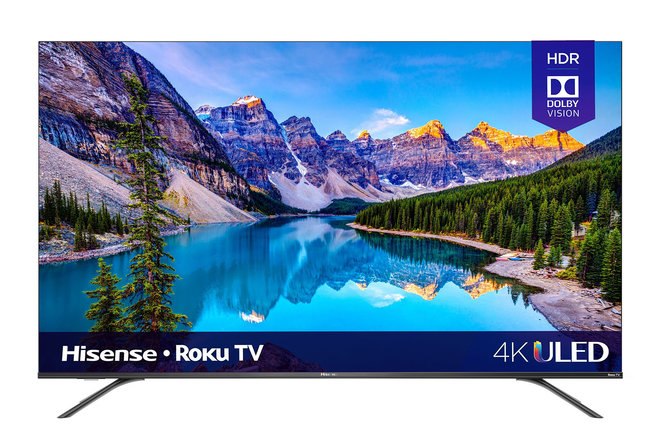
Hisense R8F ULED Roku TV
Hisense has been making Roku TVs for a while – sets with the Roku streaming platform built-in to provide their “smarts”. However, the Hisense R8F is the first to up the ante in terms of picture quality, by adopting the brand’s ULED image technology.
The 4K HDR model supports Dolby Vision, HDR10 and HLG picture technologies, and sports advanced motion rate processing to avoid on-screen judders.
It is also very reasonably priced and already available in the US, costing $499.99 for the 55-inch model, $699.99 for the 65-incher. We are yet to discover if it will be released in the UK too, with Hisense having brought one of its previous Roku TVs to Britain at the end of 2019.
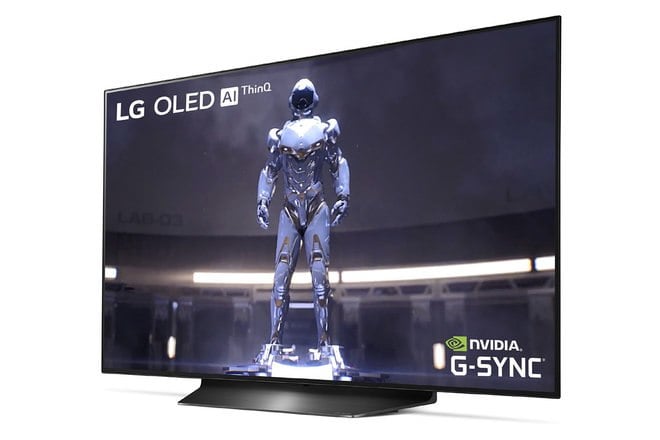
LG OLED 48CX TV
With OLED panel manufacture clearly becoming more affordable, LG is bringing a 48-inch model to market for the first time this year.
The LG OLED 48CX features many of the technologies that will accompany the brands’ other 2020 sets, including Apple TV and Nvidia G-Sync compatibility, but in a smaller form factor and, hopefully, at a cheaper price.
In fact, LG will have some competition in this screen size soon, with Sony also announcing a 48-inch OLED TV for later this year. Could it feature the same LG panel, in fact?
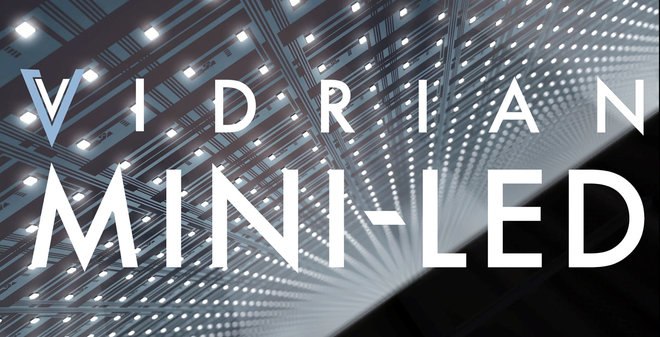
TCL Vidrian Mini-LED TV
While we don’t yet have an actual shot of one of TCL’s new Mini-LED TVs, it did announce the next generation technology during its CES press conference and, if it lives up to the hype, the Chinese firm could have a major competitor to OLED on its hands.
Mini-LED is a backlight technology whereby “tens of thousands” of tiny lights make up the panel behind the LCD strata and, as they can be switched on and off precisely and individually, can ensure that black levels and light saturation are OLED standard. It also, claims TCL, allows LCD to have ultrawide viewing angles – something the technology has struggled with in the past.
There will be 8K HDR TVs featuring the Vidrian Mini-LED technology in the near(ish) future.
